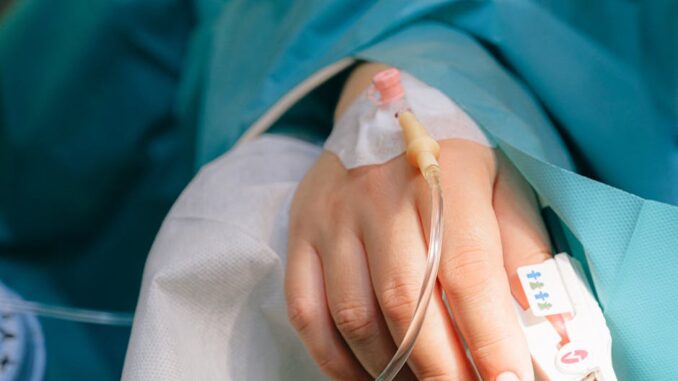
Summary
A faster approach to starting extended-release naltrexone (XR-naltrexone) for opioid use disorder is more effective than the standard method. This new approach requires closer medical supervision but enables patients to begin treatment sooner and reduces the likelihood of relapse during the crucial initial days of recovery. This accelerated method offers new hope for individuals seeking treatment for opioid use disorder.
** Main Story**
A Faster Path to Recovery: Accelerated Naltrexone Treatment for Opioid Use Disorder
The opioid crisis continues to devastate communities across the nation. Finding effective treatment strategies for opioid use disorder (OUD) remains a top priority for healthcare professionals and researchers. A recent clinical trial funded by the National Institutes of Health (NIH) offers promising results with an accelerated approach to initiating extended-release naltrexone (XR-naltrexone) treatment.
The Challenge of Traditional XR-naltrexone Treatment
XR-naltrexone, an FDA-approved medication for OUD, works by blocking opioid receptors in the brain, reducing cravings and preventing the euphoric effects of opioids. Traditionally, starting XR-naltrexone requires a 7-10 day opioid-free period to avoid painful withdrawal symptoms. This waiting period presents a significant barrier to treatment, increasing the risk of relapse and treatment dropout during this vulnerable time.
A New Hope: The Rapid XR-naltrexone Protocol
The NIH-funded study, published in JAMA Network Open, compared the effectiveness of a rapid XR-naltrexone initiation protocol (5-7 days) with the standard 10-15 day protocol. The rapid protocol involves a shorter buprenorphine taper, a 24-hour opioid-free period, and a gradual increase in low-dose oral naltrexone over three to four days before administering the XR-naltrexone injection. Throughout this process, doctors closely monitor patients and manage withdrawal symptoms with medications like clonidine and clonazepam.
Promising Results and Important Considerations
The study’s findings reveal that patients undergoing the rapid protocol were significantly more likely to receive their first XR-naltrexone injection (62.7%) compared to those following the standard protocol (35.8%). This suggests that the rapid approach can make XR-naltrexone a more viable treatment option by reducing the risk of relapse during the critical initiation phase.
However, the rapid protocol requires closer medical supervision due to the potential for increased withdrawal symptoms. While these symptoms were generally manageable with appropriate medication, clinicians must be prepared to address them proactively.
Expanding Treatment Options for OUD
The study reaffirms the effectiveness of all three FDA-approved medications for OUD: methadone, buprenorphine, and XR-naltrexone. The rapid XR-naltrexone protocol expands treatment options and empowers individuals to choose the approach that best suits their needs and preferences. By minimizing the challenging withdrawal period, the rapid protocol increases the likelihood of successful treatment initiation and long-term recovery.
Support Beyond Medication: A Holistic Approach to Recovery
While medication plays a vital role, it’s crucial to remember that effective OUD treatment requires a comprehensive approach. Recovery support groups, such as 12-step programs (Alcoholics Anonymous, Narcotics Anonymous) and non-12-step programs (SMART Recovery), offer invaluable peer support and guidance. These groups provide a safe space for individuals to share their experiences, gain strength from others, and develop coping mechanisms.
In addition to support groups, various addiction treatment programs cater to diverse needs. Residential programs provide immersive, structured environments, while outpatient programs offer flexibility for those with stable living situations. Partial hospitalization programs (PHPs) bridge the gap, offering intensive daily treatment while allowing individuals to return home each evening.
Recovery is a journey, not a destination, and the path is rarely linear. Relapse is a common part of the process, and accessible support systems are essential for navigating setbacks. Alumni programs offered by many treatment centers provide ongoing support and resources to help individuals maintain sobriety after completing their initial treatment. Sober living homes offer safe, supportive housing environments that encourage continued recovery.
For individuals seeking help or those concerned about a loved one, numerous resources are available. The Substance Abuse and Mental Health Services Administration (SAMHSA) National Helpline offers confidential support and referrals to treatment providers. Local health departments and community organizations also provide information and support for those affected by OUD. As of today, March 18, 2025, this information is current but may change over time. It is always recommended to verify the latest guidelines and recommendations from reputable sources.


Be the first to comment